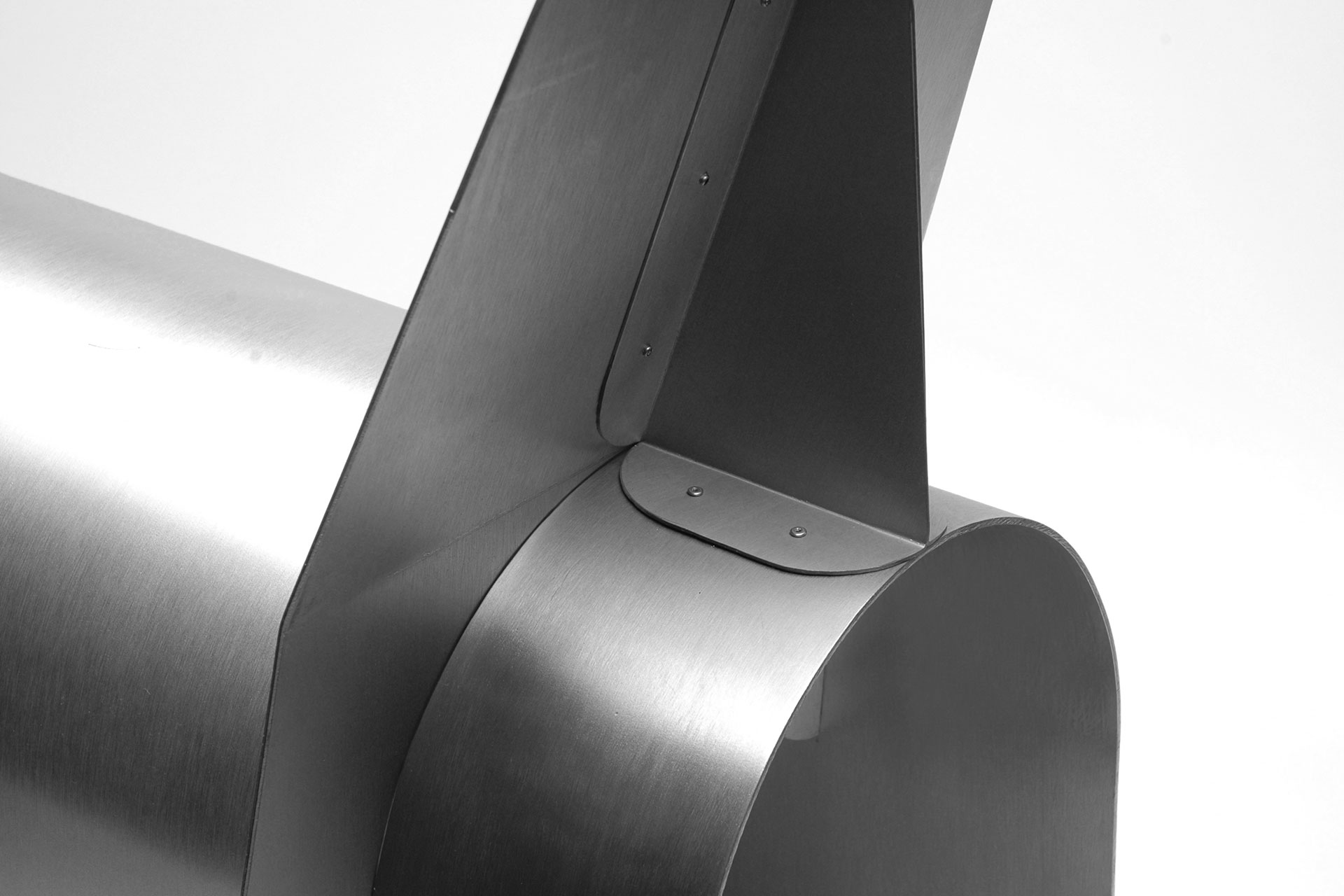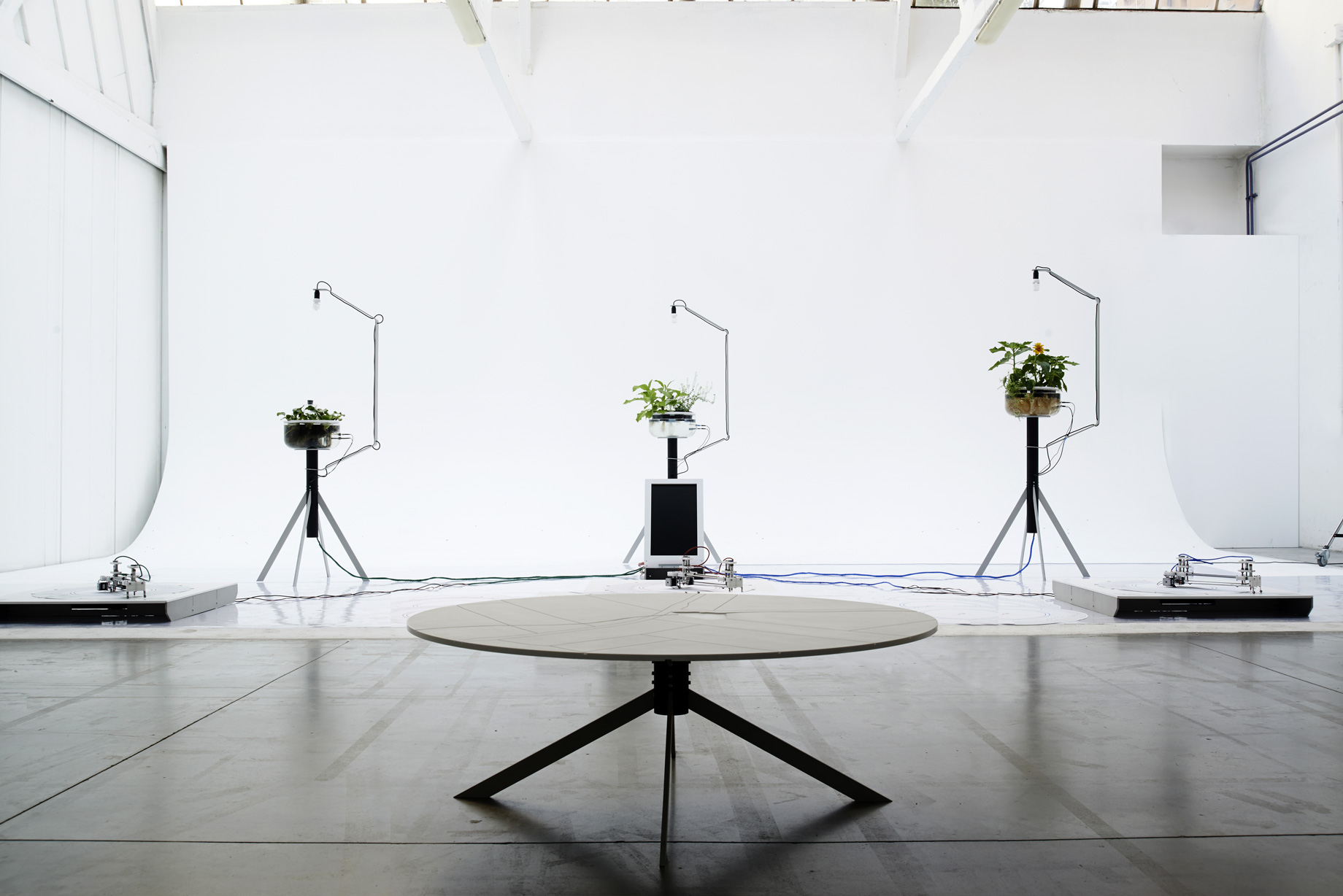 F.002
F.002
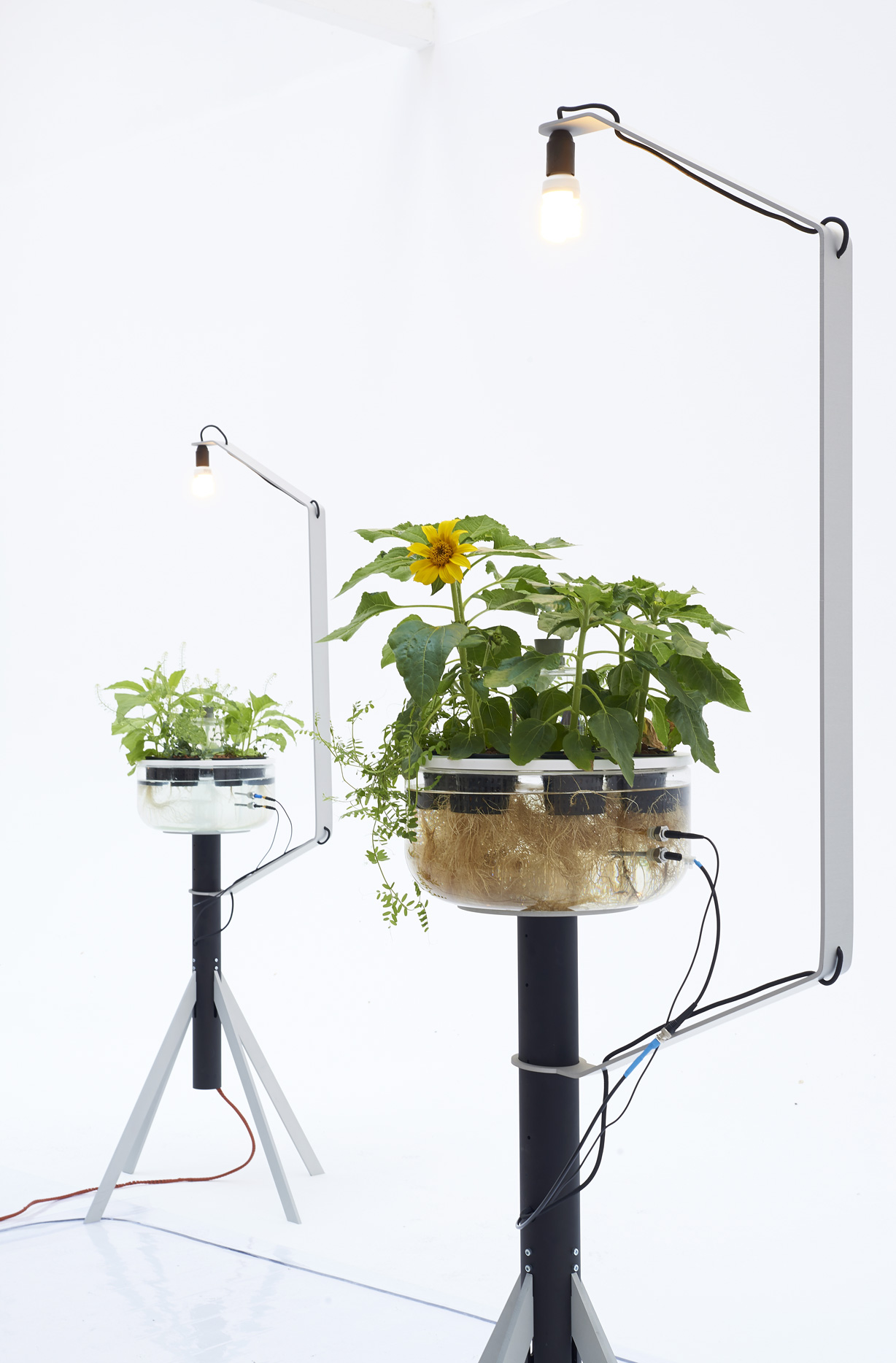 F.003
F.003
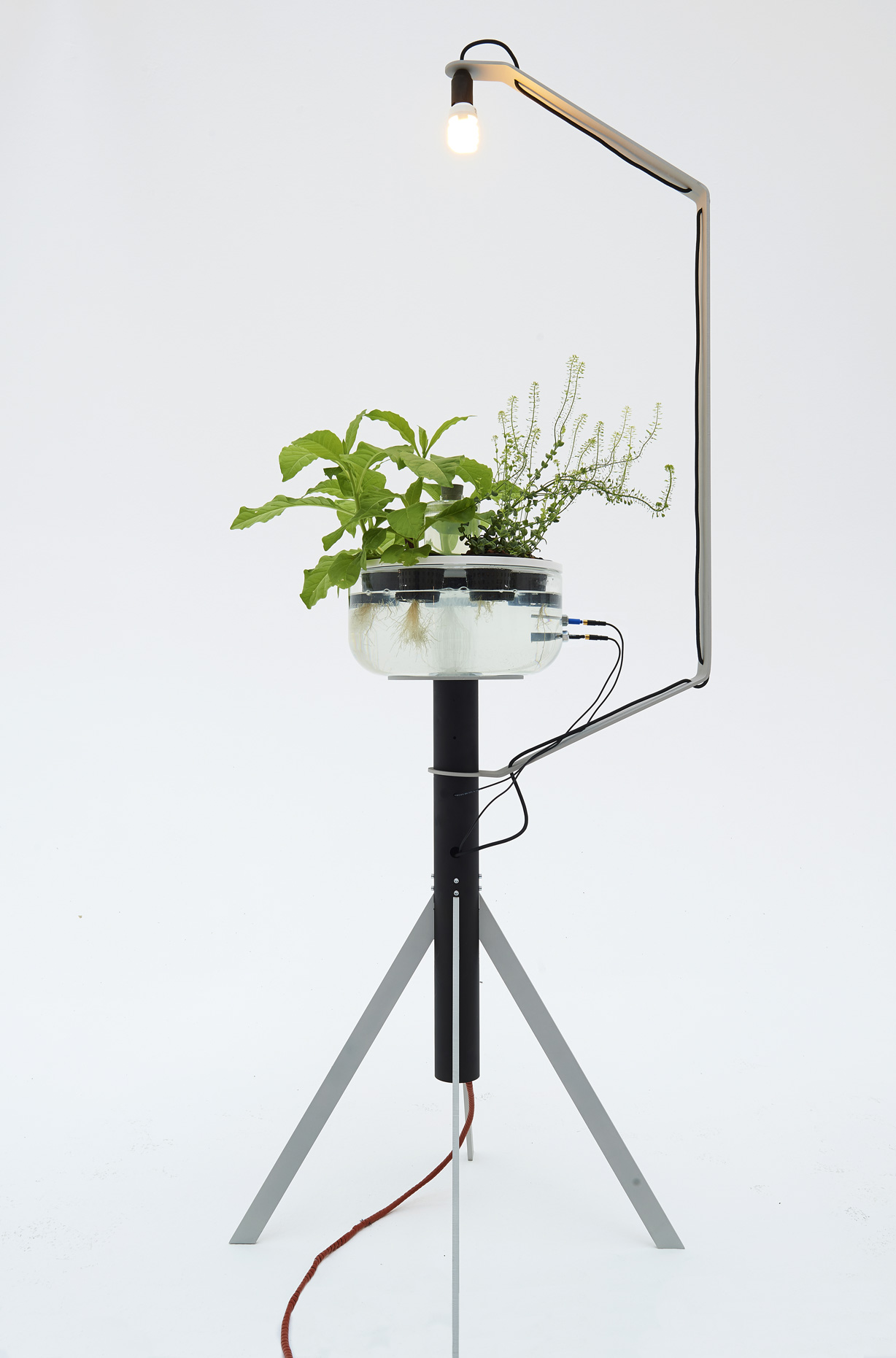 F.004
F.004
 F.005
F.005
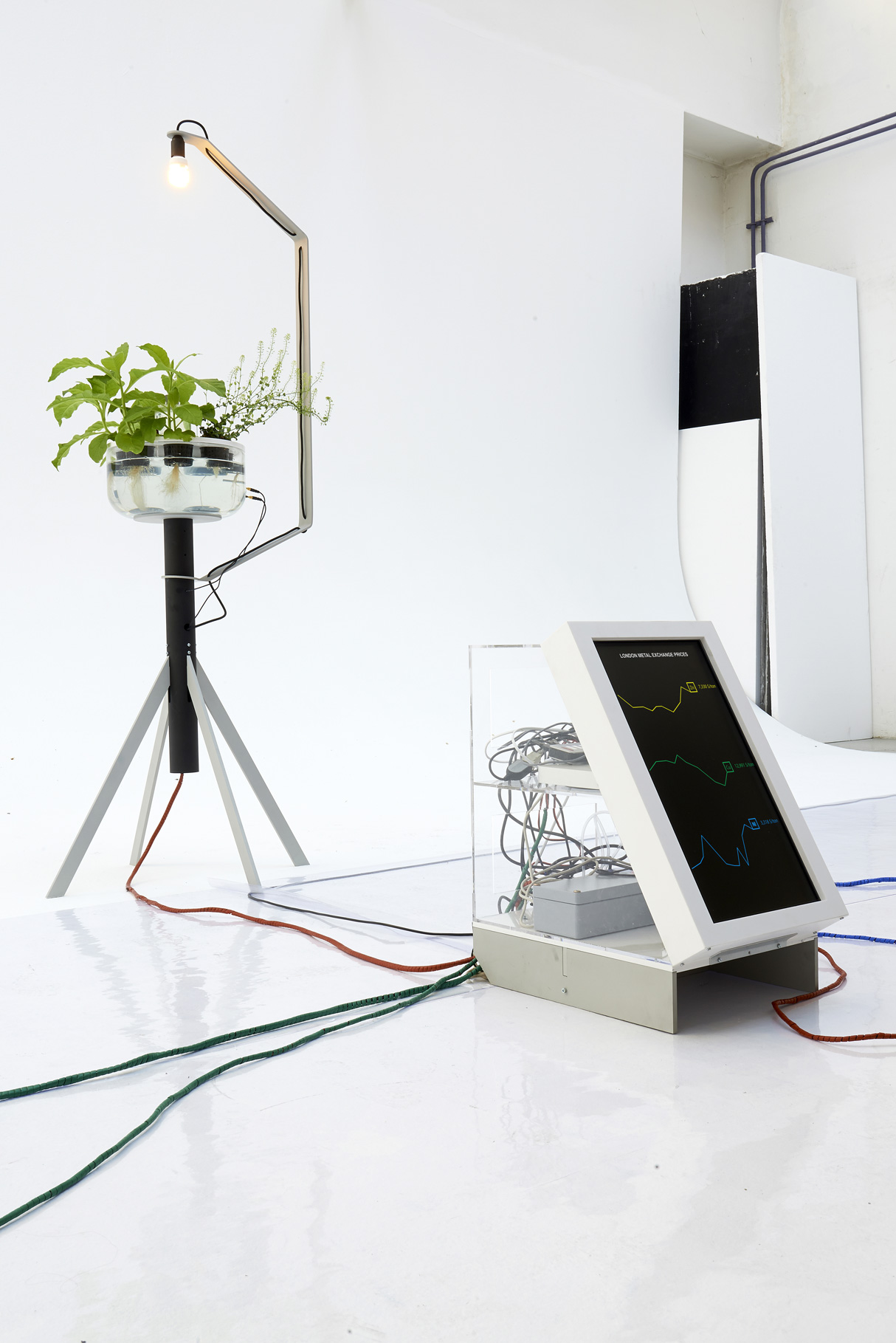 F.006
F.006
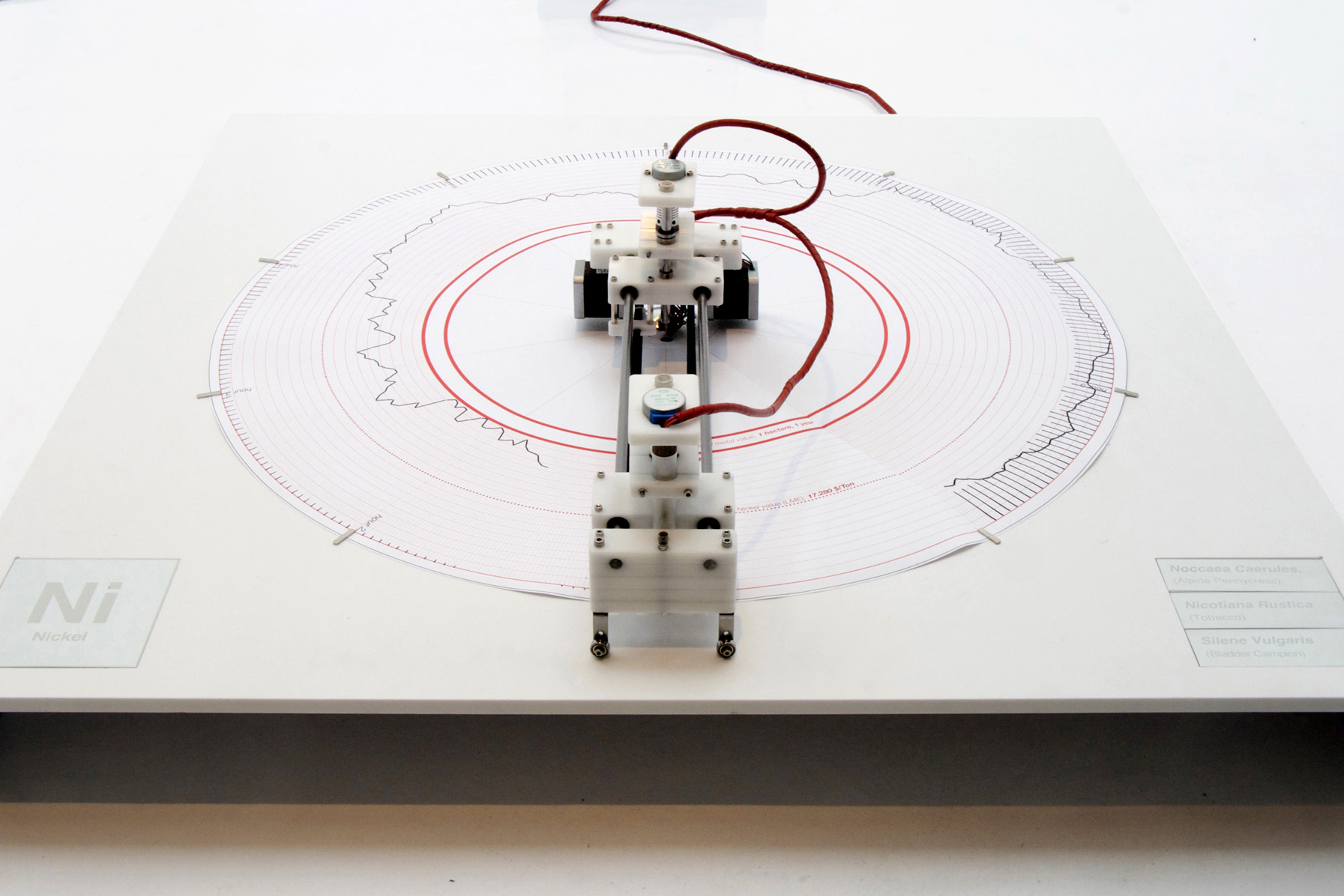 F.007
F.007
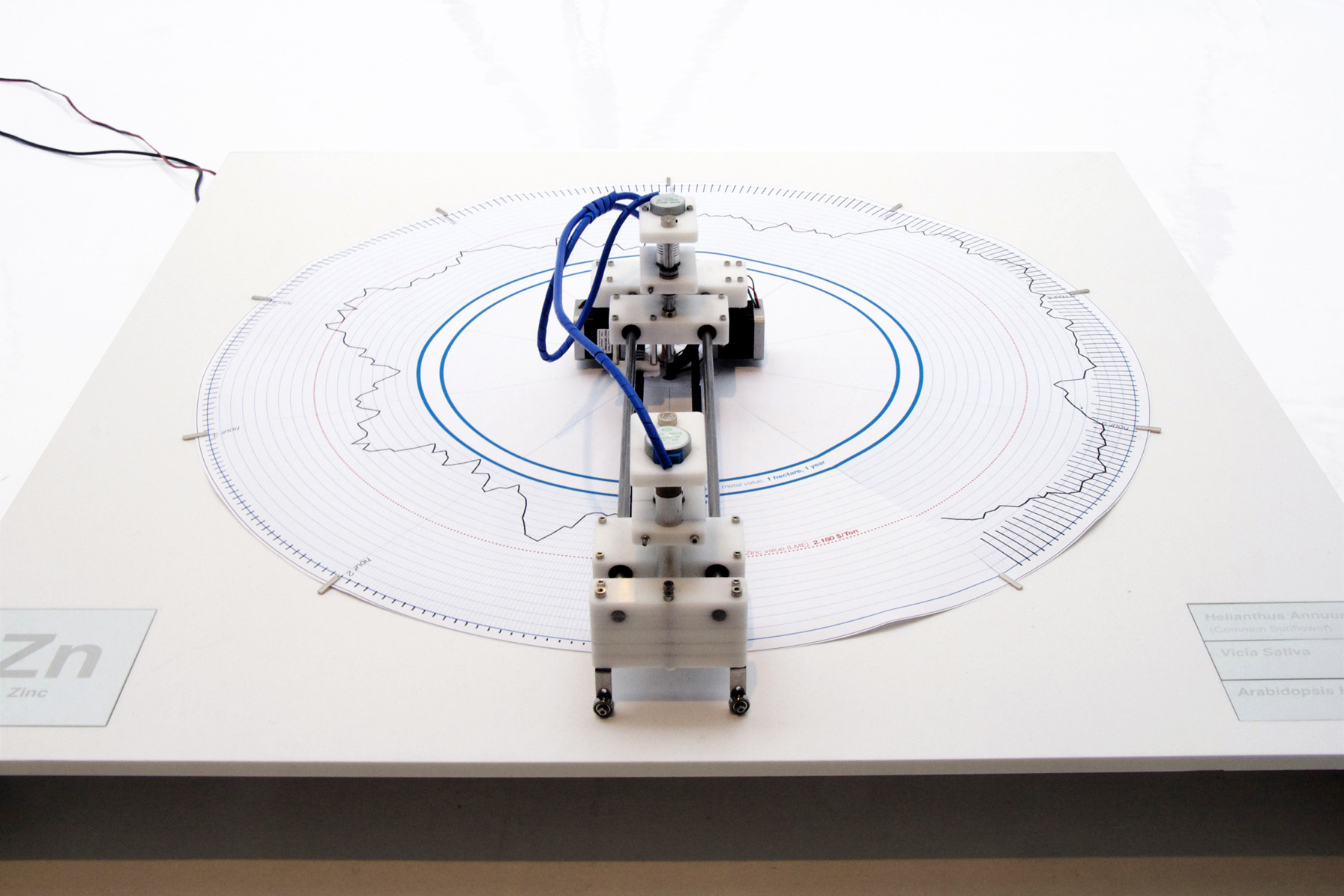 F.008
F.008
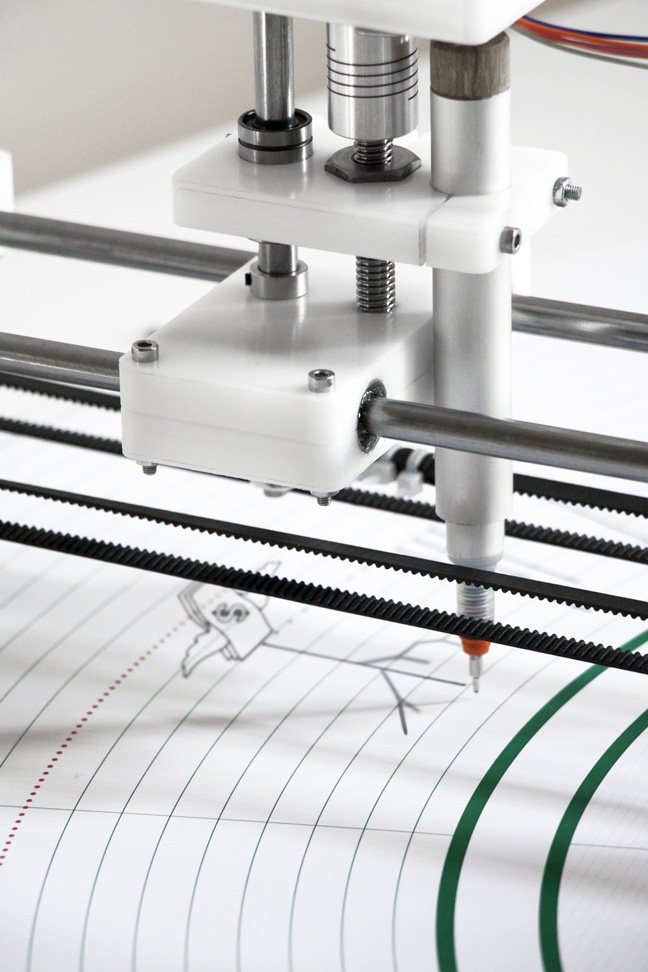 F.009
F.009
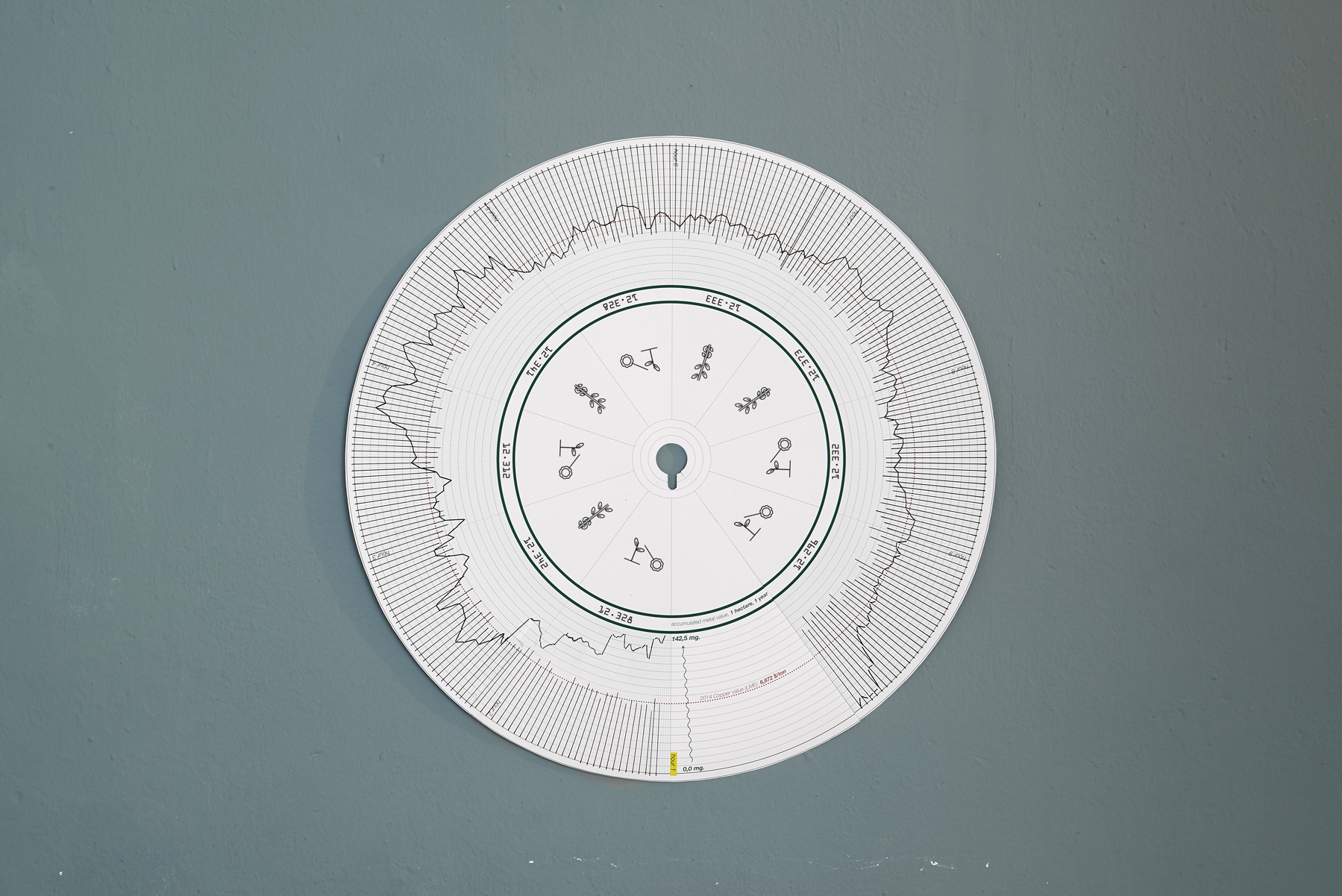 F.010
F.010
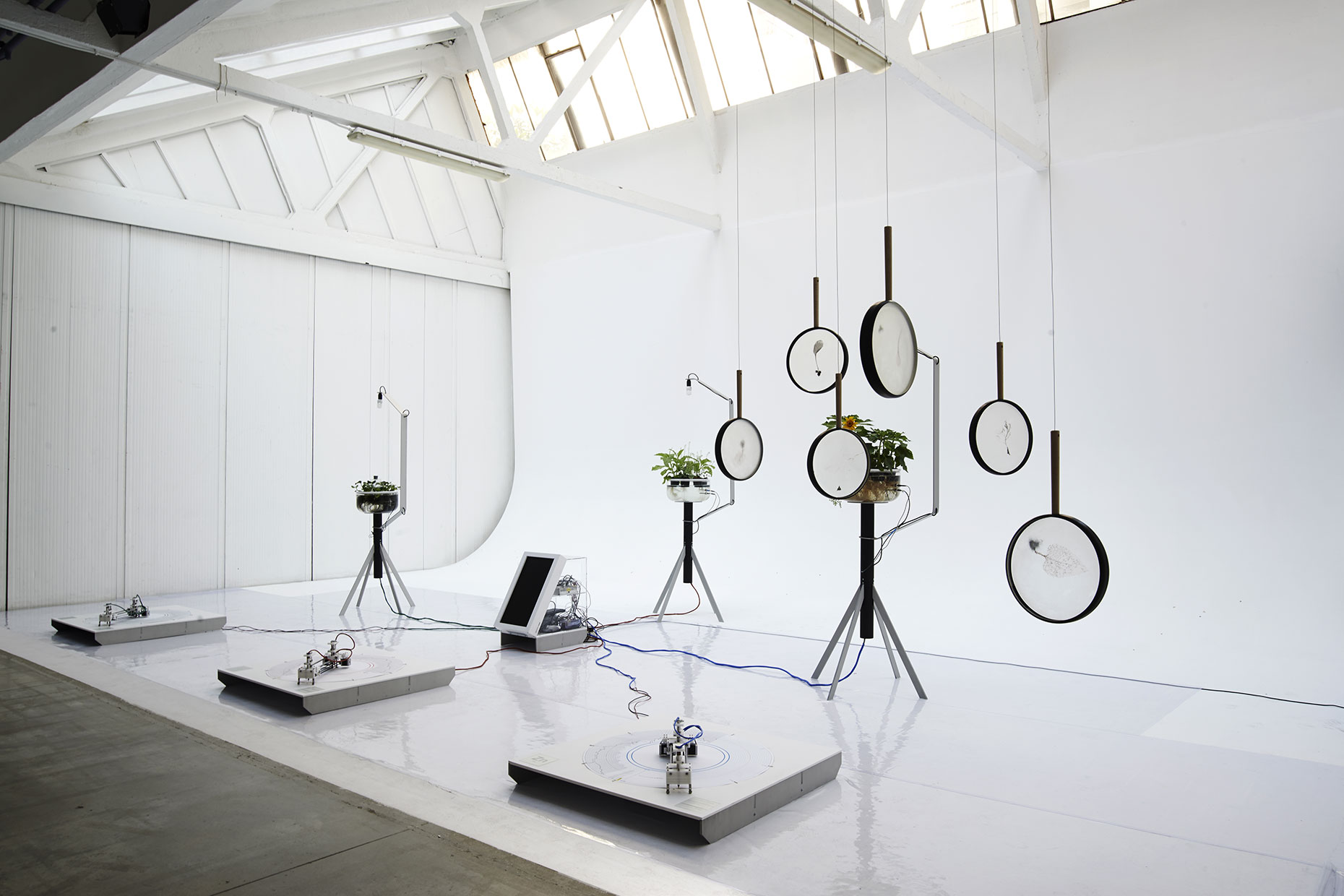 F.001
F.001
I.004
Geomerce
“Western philosophers have shown us a Nature that is grand and universal but also passive and mechanical. Nature was a backdrop and resource for the moral intentionality of Man, which could tame and master Nature. It was left to fabulists, including non-Western and non-civilizational storytellers, to remind us of the lively activities of all beings, human and not human“. Anna Tsing
Words
The 70s and 80s were characterized by a growing exploration of artificiality and the development and use of materials that have increasingly mediated the relationship between man and nature. Artificiality has inspired the work of architects and designers, who have tried to picture a world with less and less nature, or with an artificialized relationship with nature.
In 1984 “the Neomerce: The design of the invention and artificial ectasy” was presented at the Centre Pompidou in Paris. The exhibition was curated by Denis Santachiara and explored the technological possibilities of those years and possible new ways of living. The trajectory traced by Neomerce projected the visitor as far as possible from nature. GeoMerce attempts to trace a return path of the same journey, with the certainty of getting lost somewhere.
Our journey starts from that very point of technology progress where Denis Santachiara (and the next 30 years of development) brought us, but with the clear intention to abandon the artificial and return to earth. Apparently this might seem as a backward path, actually the premise is to imagine an evolution in economic, cultural and political life that deviates from the path traced by the current line of progress. GeoMerce suggests a revolution similar to the industrial one, but in reverse.
Concept
Plants absorb metals from the soil through their roots. Certain plants are particularly good at absorbing certain heavy metals such as Zinc, Copper and Nickel from the soil where they grow, and accumulating these metals in their leaves. Those plants are known as hyper-accumulators. The accumulated metals can be extracted by harvesting the plants’ leaves and burning the biomass. This process is called phyto-mining.
Starting from this notion, GeoMerce rethinks the way we commonly think of agriculture. Since many of the accumulated heavy metals are listed on international
markets like the London Metal Exchange, fields and crops become financial assets as sources and reservoirs of capitals. In this installation, the metal absorption process of selected plants is tracked. The amount of metal in the plants is crossed with the real-time value of the accumulated metals. As a result, the value of the plants varies constantly according to the metals’ market value and the plants’ accumulation performances.
GeoMerce draws a scenario in which agriculture blurs with finance and farming decisions are made according to both financial changes and scientific progress.
Installation
The installation is composed of two parts. The first part consists of 3 hydroponic systems where a number of hyper-accumulator plants extract metals (zinc, nickel and copper) from a water based solution. These extraction units feature special sensors able to track in real-time the extracting performances of the plants. The data related to the extraction is then crossed with the real-time value of the metals, which constantly changes on the London Exchange Market. The resulting information, which arguably represents the real-time value of the plant, is then transmitted to three circular plotting unit. Each plotting unit drafts a graph of both the real-time value of the plants and of their extracting performances. This part of the installation changes the way visitors think and look at crops.
The second part of the installation is a video projected on a circular horizontal surface. This surface represents a piece of land and the video projected onto it tells its story. Starting with the factories that contaminated the land with heavy metals, the video shows how local people started growing plants to reclaim the polluted land, while extracting metals.
Team
Design
Gionata Gatto, Giovanni Innella
Science
Stefano Mancuso, (LINV); Mark Aarts (Wageningen University); Giovanna Visioli (University of Parma)
Programme
Eelke Feenstra
Video
Max Italiaander
Photography
Matteo Cremonini
Exhibitions
29.04.2023 – 31.10.2023
Kunstgewerbemuseum Dresden (DE), Plant Fever LINK
03.12.2021 - 03.04.2022
Museum für Gestaltung Zürich (CH): Plant Fever LINK
18.10.2020 - 07.03.2021
CID Grand-Hornu (BE), Plant Fever LINK
01.03.2019 - 01.09.2019
XXII Triennale di Milano (IT), Broken Nature LINK
25.05.2017- 29.10.2017
Ljubljana Design Biennial (SLO) – BIO25 – Faraway, So Close LINK
Press
Would you like to receive press materials about this project? Enter your email here
